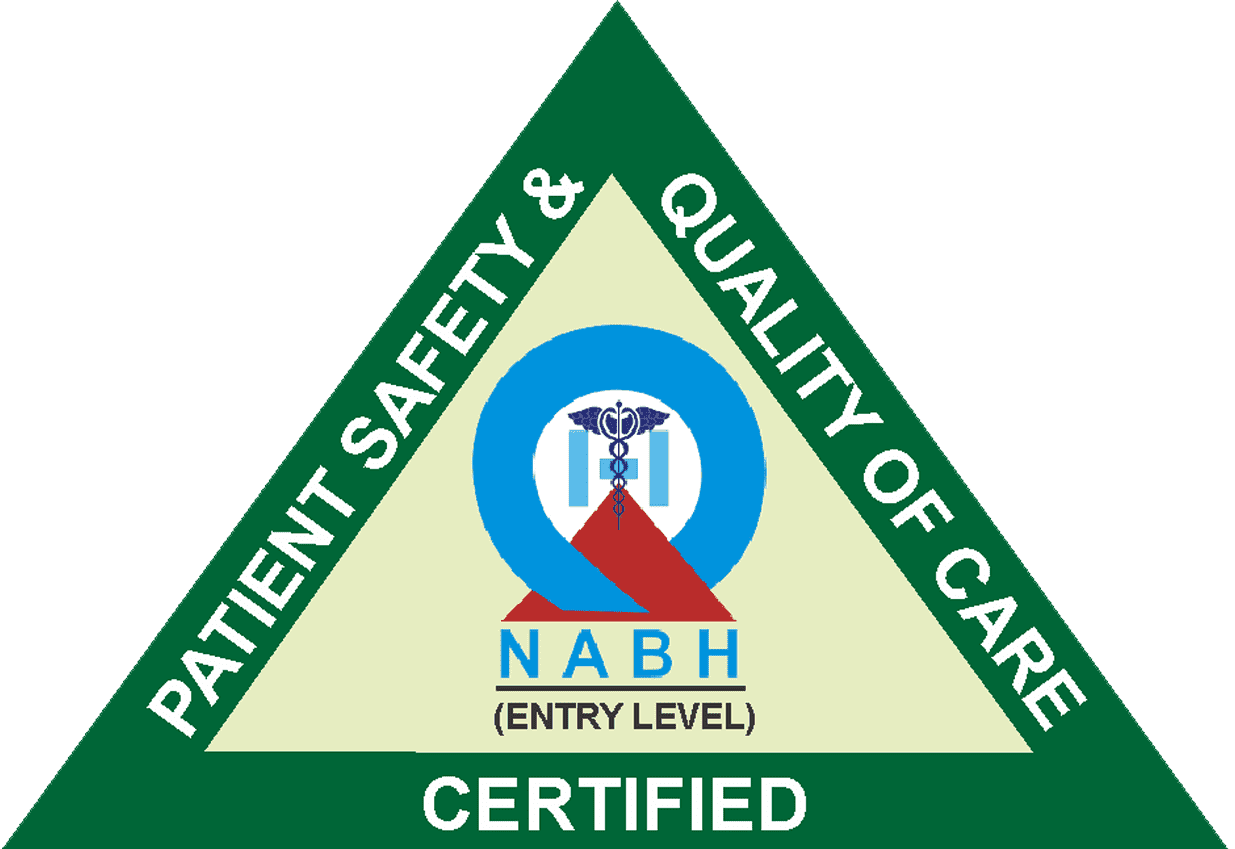The outbreak of COVID-19 led to numerous complications and secondary infections, one of which is mucormycosis, commonly referred to as “black fungus.” This rare but serious fungal infection has raised concerns about its potential impact on various parts of the body, including the eyes. In this blog, we will delve into the details of mucormycosis, its effects on eyesight, and how to protect your vision.
What is Mucormycosis (Black Fungus)?
Mucormycosis is a rare, invasive fungal infection caused by a group of molds known as mucormycetes. These molds are commonly found in the environment and typically don’t cause illness in individuals with healthy immune systems. However, they can become opportunistic pathogens in those with weakened immune systems, such as individuals who have recently recovered from COVID-19, people with uncontrolled diabetes, or those taking immunosuppressive medications.
How Does Mucormycosis Affect the Eyes?
Mucormycosis can affect various parts of the body, including the lungs, sinuses, brain, and eyes. When it spreads to the eyes, it can cause a condition known as “rhino-orbital-cerebral mucormycosis.” This condition can lead to severe damage to the eye and its surrounding structures.
1. Sinus Involvement: Mucormycosis often begins in the sinuses. If left untreated, it can spread to the eye’s orbit (the bony socket that holds the eye) through the ethmoid sinus.
2. Orbital Involvement: Once it reaches the orbit, the fungus can invade the eye’s tissues and blood vessels, leading to symptoms like eye swelling, pain, and difficulty moving the eye.
3. Vision Impact: The involvement of the eye and its surrounding structures can lead to vision problems, including loss of vision. The fungus can cause blood vessel blockages, tissue damage, and even necrosis (tissue death) in severe cases.
Symptoms of Mucormycosis in the Eyes:
-
Eye pain: Patients with eye involvement often experience severe, throbbing eye pain.
-
Swelling: The eye and surrounding areas may become swollen.
-
Proptosis: This condition can cause the eye to bulge forward due to swelling and pressure.
-
Redness: The eye can become red and inflamed.
-
Double vision: As the infection progresses, it can affect eye movement and lead to double vision.
-
Blurred or decreased vision: Vision can become impaired, and in severe cases, complete loss of vision may occur.
Treatment and Prevention:
Mucormycosis is a medical emergency that requires immediate treatment. The treatment typically involves antifungal medications, surgical intervention to remove affected tissue, and management of underlying conditions, such as diabetes.
Prevention is crucial, especially for those at higher risk. This includes:
-
Monitoring and Managing Underlying Conditions: Keeping conditions like diabetes under control can reduce the risk of mucormycosis.
-
Proper Wound Care: Maintain good wound hygiene to prevent fungal spores from entering the body.
-
Sterile Environments: Avoiding environments that might harbor the fungus, such as construction sites or areas with decaying organic matter.
-
COVID-19 Precautions: Patients recovering from COVID-19 should be cautious and follow proper COVID-19 safety measures to prevent complications.
Conclusion:
While mucormycosis is a rare complication, its impact on the eyes can be severe and, in some cases, irreversible. Understanding the risk factors, symptoms, and preventive measures is essential for anyone recovering from COVID-19, those with underlying health conditions, and healthcare professionals. Early detection and prompt medical intervention are vital for preserving both overall health and eyesight when dealing with mucormycosis. If you experience any unusual eye symptoms after recovering from COVID-19 or if you have underlying risk factors, seek medical attention immediately to ensure the best possible outcome.





